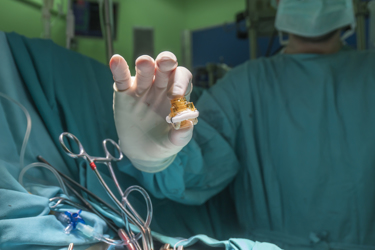Function And Form: Designing Implantable Medical Textiles For Today's Heart Valves And Beyond

Heart valve disease affects nearly 5 million Americans, a figure that is expected to double in the next 25 years, according to the Mayo Clinic. The most advanced of these cases, nearly 98,000 in the United States each year, require heart valve surgery.1
Prosthetic heart valves, whether traditional or transcatheter, are designed to restore function to a damaged heart valve and ultimately prevent heart failure. These devices will continue to evolve as research unlocks the exciting potential of implantable materials in heart valves and their ability to allow the body to repair itself.
Heart valve replacement falls into two procedural categories—open surgery (traditional) and transcatheter replacement—the latter segment primarily being focused on transcatheter aortic valve replacement (TAVR) as well as new entrances in transcatheter mitral valve replacement (TMVR) and transcatheter tricuspid valve replacement (TTVR).
Get unlimited access to:
Enter your credentials below to log in. Not yet a member of Med Device Online? Subscribe today.
